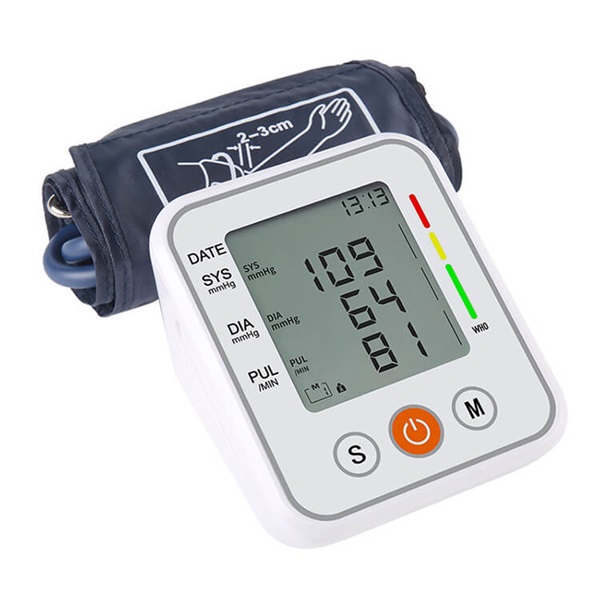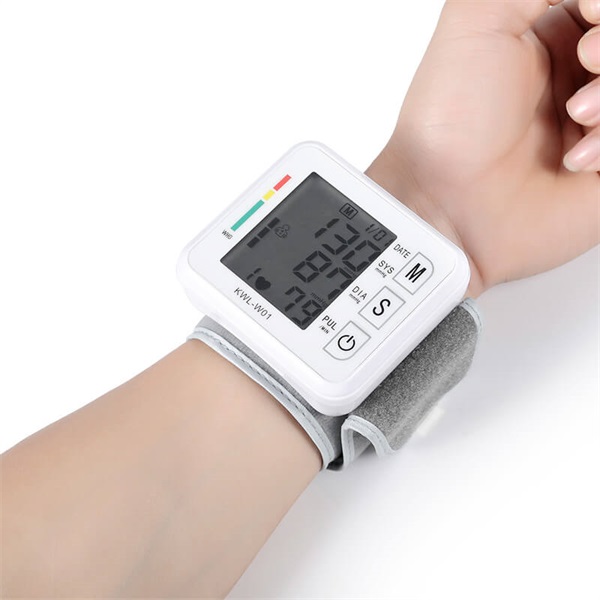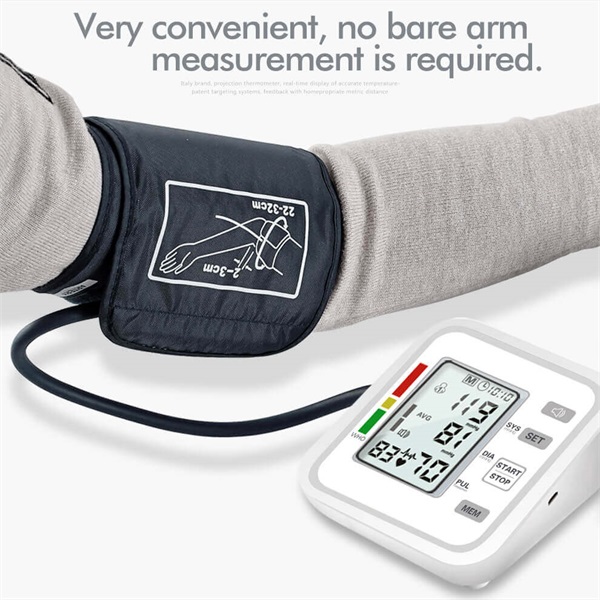Classification
Wrist blood pressure monitors scores for medical and domestic use. Medical treatment is mainly used in medical establishments and other institutions that require precise blood pressure, such as outpatient clinics of community hospitals, or free blood pressure testing offices; blood pressure testing in pharmacies; blood pressure testing in clinics, etc. Household wrist blood pressure monitorss are mainly used at home.
Home wrist blood pressure monitors
As long as it is used to monitor blood pressure at home and understand blood pressure changes, it is used to assist doctors in adjusting medication in time. To control hypertension, prevent large fluctuations in blood pressure, and improve the quality of life of hypertensive patients. The home wrist blood pressure monitors also has positive significance in preventing high blood pressure. Observe the different effects of different lifestyles and behaviors on blood pressure, and remove the hidden dangers of high blood pressure in time through appropriate lifestyle adjustments.
Detailed parameters of the wrist blood pressure monitors: Display mode: data display mode, the measured value of systolic blood pressure, the measured value of diastolic blood pressure, and the number of heartbeats.
Measurement method: shock-sensitive measurement method
Pressurization method: fully automatic pressurization
Exhaust method: exhaust valve
Reading method: Without voice, it can interact with the hospital system via Bluetooth or USB, and feedback the health status of the measurer in time.
Measuring range: pressure measuring range 0~330 mmHg, blood pressure measuring range 30~270mmHg
Measuring range: pulse measuring range 30~180 beats/min
Measurement accuracy: ± 1mmHg, ± 1 (pulse frequency)
Power supply: DC 3V power supply
Storage temperature and humidity: -10℃——+40℃·30℅RH-

How to use the wrist blood pressure monitors?
First, let the patient take a sitting or lying position in a quiet and relaxing natural environment. Second, the wrist is exposed, the patient’s palm is up, the hand is straight, and the wristband is placed one centimeter on the horizontal line of the wrist. The wristband is moderately tight, and it is better to be able to extend the flat fingers. 3. If the patient is in the lying position, press the start button, the blood pressure monitors will automatically inflate, and after deflation, the blood pressure data can be read from the blood pressure monitors display screen and recorded. If it is a sitting position, make the wristband flush with the heart, press the start button, the best wrist bp cuff will automatically inflate, and after deflation, read the blood pressure value from the display and record the data.
The electronic blood pressure monitors has a light appearance, easy operation and clear display. The blood pressure and heart rate are measured at one time. Electronic blood pressure monitors can be divided into arm type, wrist type and finger type if they are divided according to the measurement part. Arm blood pressure monitors can be divided into automatic and semi-automatic. Compared with the two, the automatic blood pressure monitors is better to use than the semi-automatic blood pressure monitors. The blood pressure can be measured by just pressing the cuff button.

The pressure measured by the wrist electronic blood pressure monitors is the pulse pressure value of the wrist artery. Therefore, for middle-aged and elderly people, especially those patients with high blood viscosity and poor microcirculation, it is not recommended to use wrist-type electronic blood pressure monitors, because wrist-type blood pressure monitors are compared with mercury column blood pressure monitors. The results obtained are often very different, and it is common for the two to be more than 10mmHg (millimeters of mercury).
Although the electronic blood pressure monitors is very convenient to use, it is also subject to many restrictions. The noise of the surrounding environment, the up and down sliding and friction of the cuff, etc., may have a certain impact on the measurement results. Therefore, during the measurement, the subject should not speak or move his arms or body. When continuous measurement is required, the cuff should be loosened and the arm should rest for about 3 minutes before taking the measurement.

How to lower blood pressure?
Hypertension is not terrible, and antihypertensive treatment is not that difficult. Hypertension can evolve into a global epidemic because of changes in people’s mentality, daily life habits and living environment. Scientific diet, exercise, daily health care, mental health care and other methods guide the direction of rebuilding a healthy life for patients with hypertension. The contents of medication, massage, prevention and care of complications are intended to provide scientific treatment and nursing methods, and to correct the current misunderstandings in patients with hypertension. In daily life, we can achieve the purpose of preventing and treating hypertension through reasonable diet, exercise, taking antihypertensive drugs, and small remedies that are beneficial to lowering blood pressure.

How accurate wrist blood pressure monitor?
Sure, just as many have said, wrist blood pressure monitors work but may not be accurate.
Just as people have said, you need to monitor correctly when taking measurement. Choose the right cuff large enough to cover your upper arm. And you should avoid eating, smoking and exercising for at least 30 minutes before taking a measurement. When you do the measurement, you need to sit quietly for five minutes with your back supported and feet on the floor. When making the measurement, support your arm so your elbow is at the level of your heart.
However, even you do all the things right, you still have a possibility to get the inaccurate numbers. If you visit comment about wrist blood pressure monitors at Amazon, you could find lots of people complain about the inaccurate blood pressure monitors.
Some wrist blood pressure monitors may be accurate if using according to direction seriously. However, the American Heart Association recommends using a home blood pressure monitor that measures blood pressure in your upper arm and not using wrist or finger blood pressure monitors.
Some people can’t have their blood pressure measured at the upper arm because they have a very large arm or find blood pressure measurements painful. Under these cases, measuring blood pressure at the wrist is acceptable.
The wrist-type electronic blood pressure monitors measures the “pulse pressure value” of the wrist artery, so the measured value will be deviated, but the wrist-type electronic blood pressure monitors has the characteristics of being convenient to carry, so it is more suitable for people on business trips and travels.